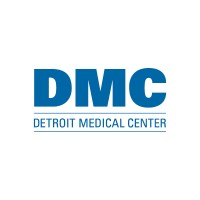
Detroit Medical Center
The Detroit Medical Center’s (DMC) record of service has provided medical excellence throughout the history of the Metropolitan Detroit area. From the founding of Children’s Hospital in 1886, to the creation of the first mechanical heart at Harper Hospital 50 years ago, to our compassion for the underserved, our legacy of caring is unmatched. Our medical experts are nationally recognized and each year, hundreds of DMC doctors are included in the list of America’s Best Doctors™. A reputation for excellence draws patients to world-class programs in oncology, organ transplant, cardiology, women’s services, neurosciences, stroke treatment, optometry, orthopaedics, pediatrics and rehabilitation. We are the leading academically integrated system in metropolitan Detroit and the largest health care provider in southeast Michigan. The DMC has more than 2,000 licensed beds and 3,000 affiliated physicians. Detroit Medical Center facilities employ best practices and conduct business in an atmosphere of respect and professionalism. Our recognition of and attention to diversity in our business operations and healthcare services in unparalleled. Our volunteer efforts in health education and disease prevention represent an ongoing commitment to the health and well-being of the communities we serve. The DMC continues to meet the health care needs of a growing community, offering the best in medical research and development, advanced technology and optimum clinical services.






